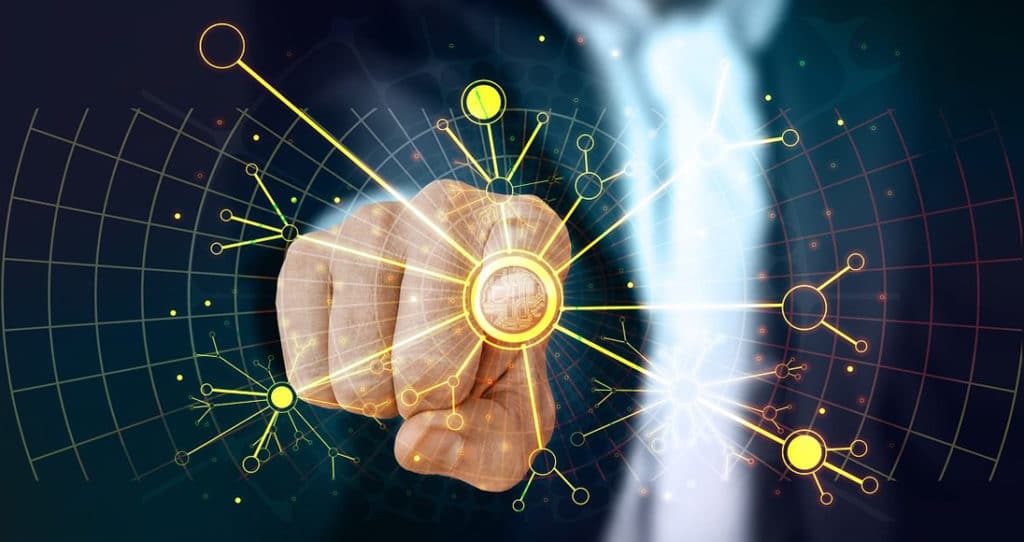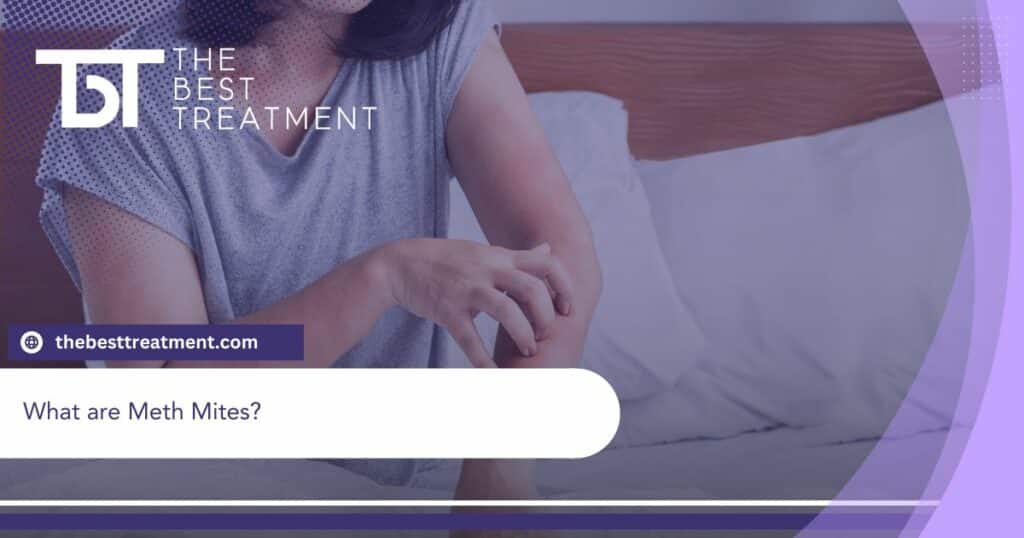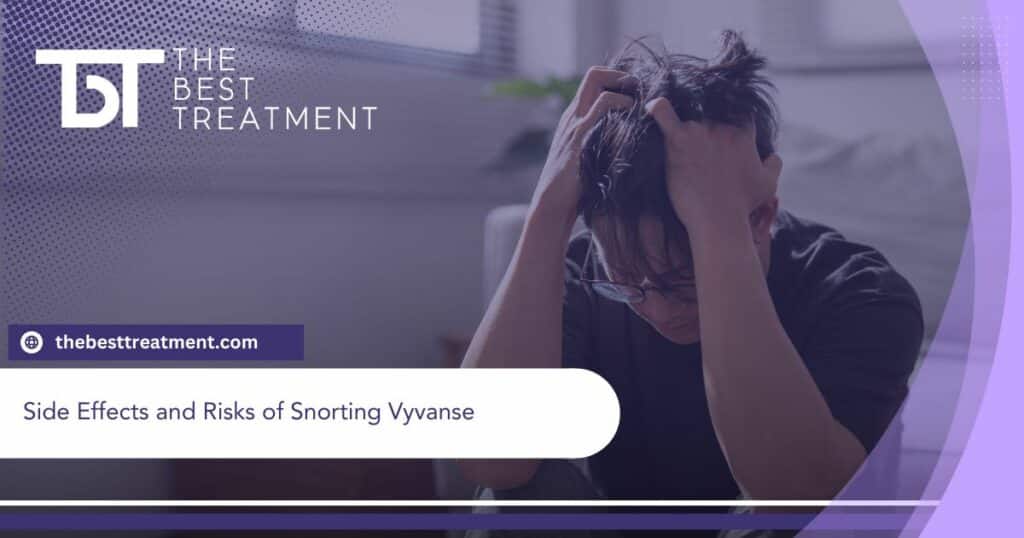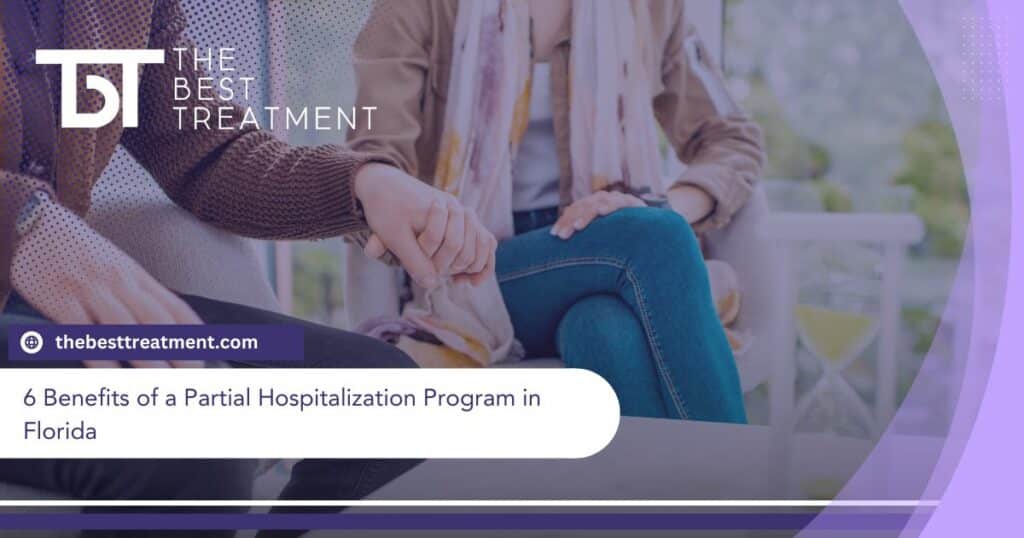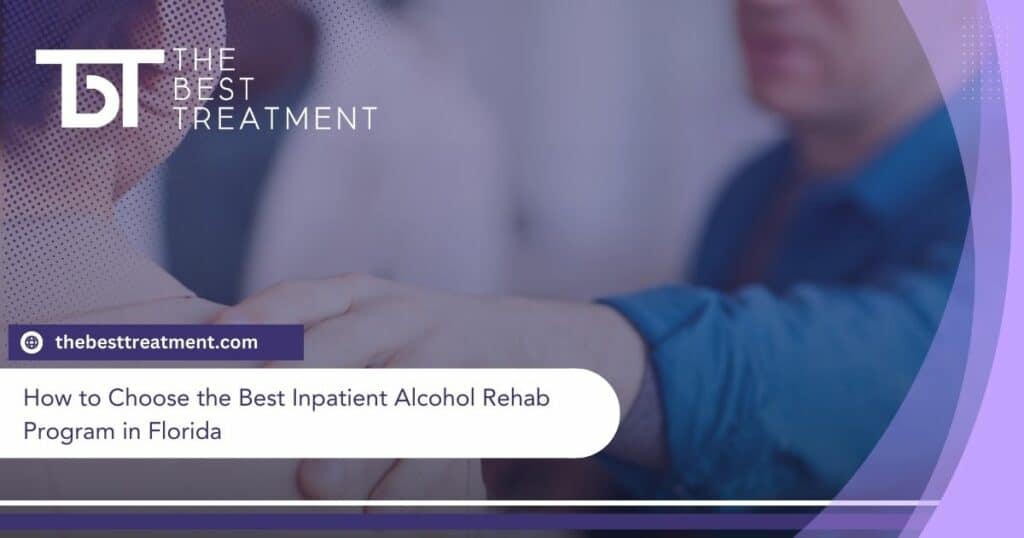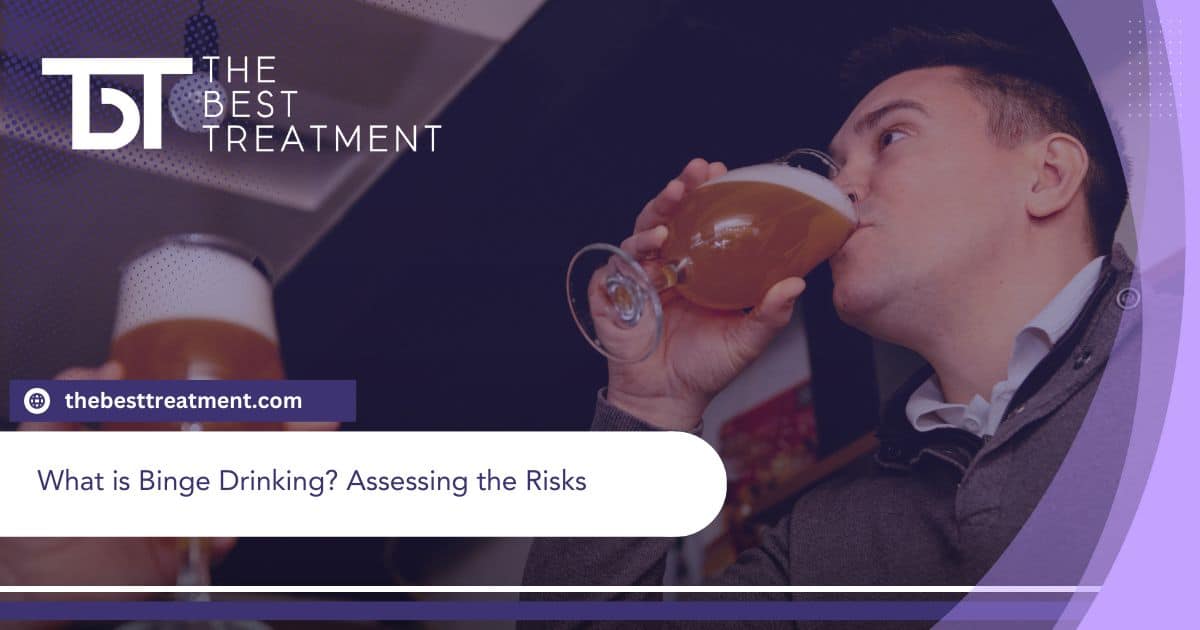Table of Contents
For many, heavy drinking is just part of the culture in the United States. Alcoholic beverages are readily available in many social situations and celebrations, and drinking is a regular part of life for many in the country.
Research shows that the majority of adults in the United States drink alcohol at least occasionally. It’s common for people to unwind with a drink after work, grab a beer with friends on the weekend, or have a glass of wine or two at dinner.
But regularly drinking too much can cause severe harm to your short and long-term well-being. Binge drinking is one dangerous pattern of alcohol consumption that is risky in the short term and can have lasting impacts on your mental and physical health.
While many people associate binge drinking with frat houses and college parties, people over 35 account for over half of all binge drinking episodes in the country.
Binge drinking is a form of alcohol abuse. There are often complex, underlying causes for alcohol abuse, including genetic predisposition, peer pressure, or emotional or physical pain that is too much to handle. And while some may imagine that binge drinking isn’t as harmful as regular heavy drinking, it can be very dangerous and may require professional treatment.
This article will explore what binge drinking is, the risks of binge drinking, and how to identify and treat an alcohol use disorder. Reach out to the specialists at The Best Treatment now for information about our comprehensive alcohol abuse treatment programs or to find support at any stage of your recovery.
What is Binge Drinking?
The Centers for Disease Control and Prevention (CDC) and the National Institute on Alcohol Abuse and Alcoholism (NIAAA) define binge drinking as the consumption of a large amount of alcohol in a short period of time.
- For men, drinking five or more alcoholic beverages in a short period is considered binge drinking.
- For women, consuming four or more alcoholic drinks in a short period is binge drinking
It’s important to understand that an alcoholic “drink” is not simply any drink containing alcohol. Instead, it is a specific amount of an alcoholic beverage, specifically:
- 12 ounces of beer
- 5 ounces of wine
- 8 ounces of malt liquor
- 1.5 ounces of distilled spirits
Using these guidelines, a single pint (16 ounces) would count as 1 ⅓ drinks. A large glass of wine may contain more than one serving of alcohol.
While many people imagine college students around a keg when they think of binge drinking, it can be easier than you may imagine to drink excessively in a single setting. For example, having two pints of beer and then enjoying two glasses of wine could be considered binge drinking if it occurred within a short period.
Binge drinking results in an elevated blood alcohol concentration (BAC) level–often above the 0.08% level when people are considered too intoxicated to drive. Binge drinking has both short and long-term risks.
The Short-Term Risks of Binge Drinking
Bind drinking can lead to impaired judgment, loss of coordination, and loss of consciousness, which puts people at risk for accidents and injuries.
Being intoxicated while binge drinking increases the risk of:
- Being involved in a car accident, falling, or being injured from exposure to extreme temperatures
- Risky sexual behaviors
- Blacking out or loss of consciousness
- Alcohol poisoning
- Being the victim of a physical or sexual assault or other crime
- Drowning
People who have consumed a large amount of alcohol in a short period often say or do things they usually wouldn’t. They may harm others, drive recklessly, start fires, fall, or hurt themselves in other ways. People who have been binge drinking may also lose consciousness in unsafe places or be involved in illegal activities.
Overdose is one of the most significant risks of binge drinking. People who are intoxicated may continue to drink until they have consumed enough alcohol to poison themselves. Without immediate medical intervention, an alcohol overdose can be fatal.
The Long-Term Risks of Binge Drinking
People who binge drink or abuse alcohol in other ways may face severe, long-term damage to their mental and physical health. Some of the most significant long-term risks of alcohol abuse include:
- Unintended pregnancy
- Sexually transmitted disease
- Brain damage
- Alcohol use disorder
- Alcohol addiction
People who abuse alcohol early–during adolescence or early adulthood–may develop physical symptoms associated with alcohol abuse in their 20s or 30s. People who binge drink may have increased risks for chronic medical conditions, including:
- High blood pressure
- Liver disease
- Heart disease
- Esophageal, throat, colon, breast, liver, and stomach cancer
Engaging in binge drinking regularly can increase the risk of alcohol-related death, memory problems, and cognitive decline. These conditions are sometimes recognizable when people are in their 20s, depending on how early they begin to abuse alcohol.
Getting help as early as possible is critical to ensuring the best outcomes. Learn the signs of alcohol use disorder (AUD) and seek help as soon as you recognize a problem.
Find Help Now
If you or someone you love engages in binge drinking or other forms of alcohol abuse, you are not alone. Effective, comprehensive treatment is available at The Best Treatment.
Our dedicated specialists can help you find the alcohol rehab program you need to thrive in rehab or connect you to the support you need at any stage of recovery. Call us today to get started.
References:
- National Institute on Alcohol Abuse and Alcoholism (NIAAA): Alcohol Use in the United States: Age Groups and Demographic Characteristics, Retrieved December 2023 from https://www.niaaa.nih.gov/alcohols-effects-health/alcohol-topics/alcohol-facts-and-statistics/alcohol-use-united-states-age-groups-and-demographic-characteristics
- Centers for Disease Control and Prevention (CDC): Binge Drinking, Retrieved December 2023 from https://www.cdc.gov/alcohol/fact-sheets/binge-drinking.htm
- National Library of Medicine: Binge Drinking’s Effects on the Body, Retrieved December 2023 from https://www.ncbi.nlm.nih.gov/pmc/articles/PMC6104963/
Medically Reviewed: September 25, 2019

All of the information on this page has been reviewed and verified by a certified addiction professional.



